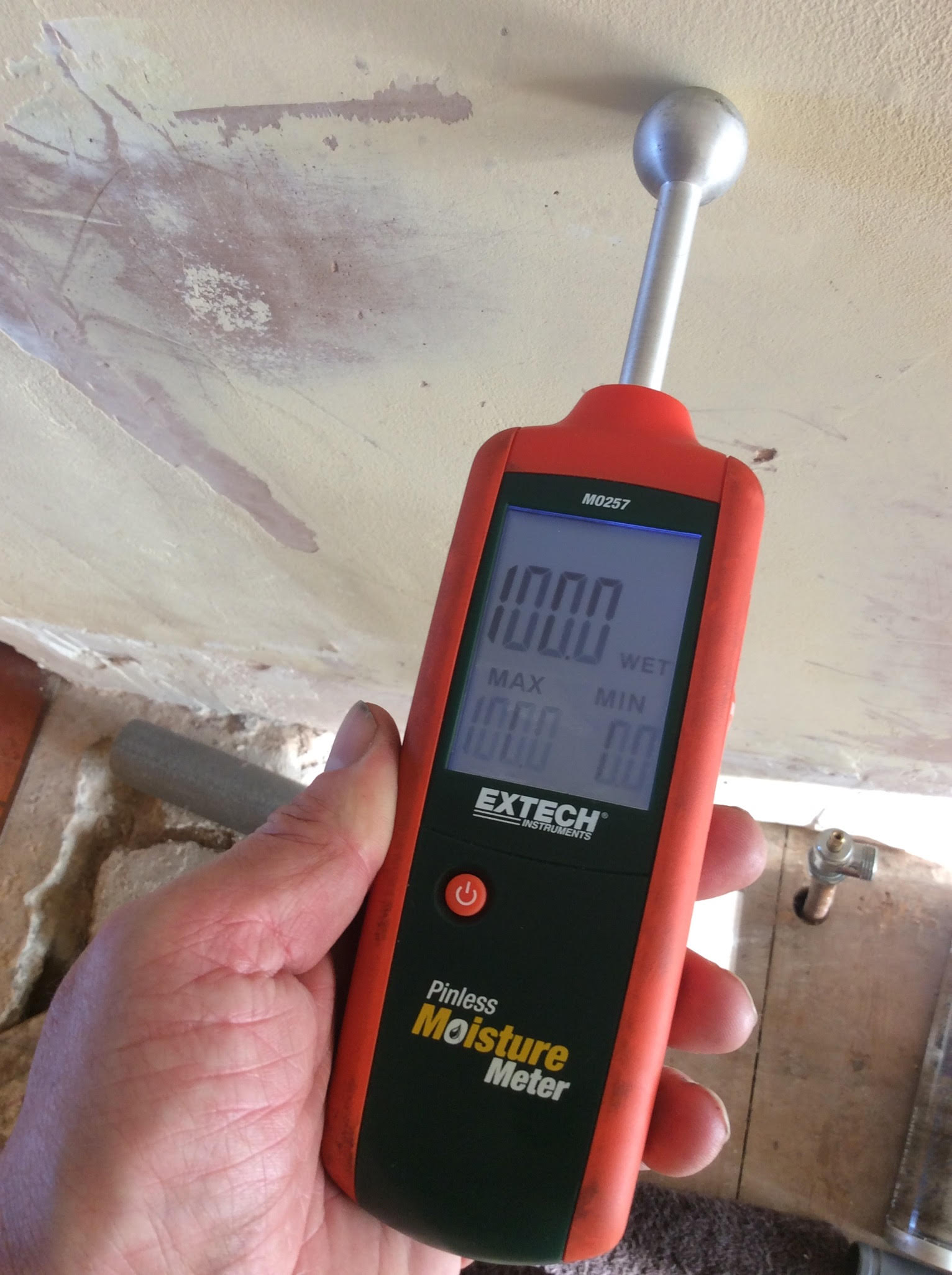Top Water Leak Detection Techniques to Safeguard Your Property from Water Damage
Top Water Leak Detection Techniques to Safeguard Your Property from Water Damage
Blog Article
Cutting-edge Solutions for Early Discovery of Water Leaks in Structures and Facilities
As the integrity of structures and infrastructure is extremely important, the challenge of very early detection of water leakages has actually spurred cutting-edge options that promise to change the way we guard against possible damages. From innovative leakage discovery technologies to the release of IoT sensors for real-time tracking, the landscape of leakage prevention is progressing rapidly. Artificial intelligence algorithms use a glance into the future of leak forecast, while thermal imaging presents a non-intrusive technique for determining surprise leaks. Automated water flow evaluation systems are improving how leaks are determined and resolved, paving the method for a positive strategy to water leak detection. Each of these options holds the vital to ensuring the reliability and long life of our constructed environment, prompting a shift towards a much more lasting and reliable future.
Advanced Leak Discovery Technologies
Advanced leakage discovery modern technologies, outfitted with sophisticated sensing units and formulas, play a crucial role in swiftly recognizing and determining water leakages in different settings. These technologies employ a mix of acoustic, thermal, and electro-magnetic noticing techniques to discover leaks accurately. Acoustic sensing units identify the audio of getting away water, enabling for accurate localization of the leak resource. Thermal imaging identifies temperature level modifications triggered by water leakage, giving one more effective method for leakage recognition. Electromagnetic sensors can recognize modifications in magnetic fields brought on by water, supplying yet an additional layer of leakage discovery ability.

IoT Sensors for Real-Time Tracking
In the world of modern water leak detection, the combination of IoT sensing units for real-time surveillance represents a critical development in improving aggressive leakage discovery capabilities. These sensors provide constant tracking of water supply, giving real-time information on water circulation prices, pressure variations, and temperature changes. By leveraging IoT innovation, these sensors can find also the tiniest abnormalities in water use patterns, making it possible for early identification of potential leaks before they escalate into major problems.
IoT sensing units send information to a centralized platform, where sophisticated algorithms evaluate the information and generate alerts or notifications when irregularities are spotted. This real-time monitoring capability enables building proprietors or facility managers to promptly address leakages, lessening water damage, decreasing repair prices, and preserving water resources.
Additionally, IoT sensors can be incorporated with structure management systems, allowing for computerized feedbacks to found leaks, such as closing off water shutoffs or triggering pumps to mitigate the impact of leakages. In general, the implementation of IoT sensing units for real-time tracking considerably boosts the performance and effectiveness of water leak discovery in buildings and framework.
Equipment Learning Algorithms for Leakage Prediction

One secret advantage of making use of artificial intelligence for leak forecast is its capability to continuously find out and enhance its accuracy with time. As more information is gathered and fed into the formula, it can refine its forecasts browse this site and adapt to changing problems, eventually increasing the integrity of leak detection systems.
Additionally, artificial intelligence formulas can help in recognizing subtle signs of leakages that may go undetected by conventional monitoring approaches. water leak detection. By evaluating intricate data embed in real-time, these formulas can offer early warnings and signals, enabling timely intervention and preventative maintenance to reduce possible water damage and linked expenses
Making Use Of Thermal Imaging for Leakage Detection
Thermal imaging technology supplies an encouraging method for identifying water leaks in different systems and frameworks. By utilizing infrared radiation and temperature variations, thermal imaging electronic cameras can identify concealed leakages that are not conveniently visible to the naked eye. When water gets away from pipelines or structures, it typically transforms the temperature level of the surrounding area, creating temperature differentials that thermal electronic cameras can capture. These temperature irregularities are then equated right into noticeable photos, highlighting the precise area of the leakage.
One of the key benefits of thermal imaging for leak detection is its non-intrusive nature. On the whole, the use of thermal imaging modern technology boosts the effectiveness and accuracy of water leakage detection, making it a beneficial tool for keeping the stability of buildings and facilities.
Automated Water Flow Evaluation Systems
Just how can automatic water circulation analysis systems change the detection and monitoring of leaks in numerous systems and facilities? Automated water flow evaluation systems provide a proactive technique to leak discovery by continuously monitoring water circulation rates and patterns. By developing baseline data, these systems can quickly recognize deviations that may show a leak, enabling punctual intervention to stop comprehensive damages.
These systems make use of advanced formulas to assess real-time data and supply immediate informs when abnormalities are spotted, permitting speedy check out here action to be taken. Furthermore, automatic water circulation evaluation systems can be integrated with building administration systems or IoT systems, enhancing basics overall effectiveness and allowing remote surveillance capabilities.
In addition, the information accumulated by these systems can be made use of for anticipating upkeep objectives, aiding to determine prospective weak factors in the facilities prior to leakages happen. In general, the application of automatic water flow analysis systems can considerably improve leakage detection and monitoring techniques, eventually causing set you back savings, decreased water wastage, and enhanced sustainability in structures and framework.

Verdict
Finally, the integration of sophisticated leakage detection innovations, IoT sensing units, equipment understanding formulas, thermal imaging, and automated water flow analysis systems offers innovative services for very early discovery of water leakages in structures and framework. These modern technologies make it possible for real-time surveillance, forecast of leakages, and effective detection approaches to stop water damages and waste. Carrying out these options can assist in preserving the stability and sustainability of water systems in numerous settings.
Report this page